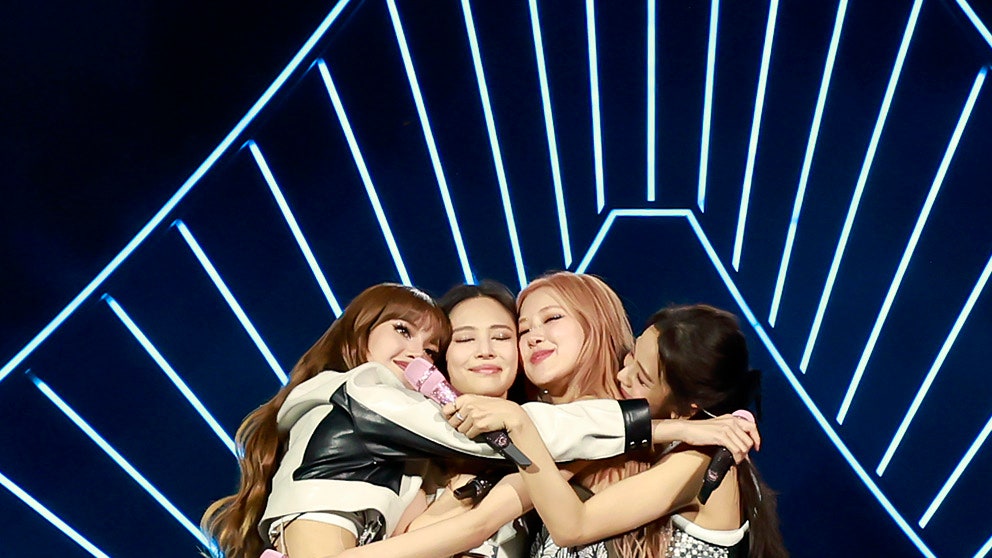Magnetic, globally captivating, and undeniably cool are all ways I’d describe
K-pop.
Though I didn’t come to the genre all on my own—I have to credit my cousins for making me watch Netflix’s documentary
Blackpink: Light Up the Sky—since discovering it, I’ve developed a profound respect for all aspects of K-pop: the music, the culture around it, and especially that incredible K-pop style. These days all eyes are on everyone’s favourite K-pop stars, which means all eyes are on what they wear and what they do.
Before we dig into the niceties of
K-pop fashion, here’s a little primer on the genre for those who are not yet totally obsessed. As intersectional as it is influential, K-pop, short for Korean pop, unites all aspects of music, art, and dance, fusing inspiration from all over the world. This planet-spanning approach has earned K-pop an equivalently global fandom, with the United States just the latest nation to jump on the bandwagon.
The origins of K-pop go back to the 1950s, pop music’s first heyday. The South Korean music group the Kim Sisters are believed to have laid the foundations, singing renditions of American hits to GIs during the Korean War. Word quickly spread about the group in the US, and soon they were signed by American producer Tom Ball.
In later decades, Korea set up its own hit factory. The indigenous industry can be broken down into three generations, with the first emerging in the 1990s. Boy group Seo Taiji and Boys meshed Korean and American pop music with
hip-hop-inspired dance choreography. The group also wore designs inspired by American fashion and street style, helping introduce South Korea to US aesthetics. They were pioneers of K-pop as we know it now. HOT, a boy group also popular in the ’90s, emulated the professionally trained skill, iconography, and style we see in the genre today. The band often rocked matching outfits, from head-to-toe
leather to colourful
oversized suits.
The first decade of the new millennium spawned the second generation of K-pop, composed of acts like Girls’ Generation, Apink, and TVXQ ( to name a few.) These groups too performed in matching stage outfits, but their style was relatively relaxed—a far cry from the grandeur and
glitter K-pop is known for today. Second-gen group Wonder Girls, for example, sported
street style clothes as seen in their “Tell Me” music video, and Girls’ Generation took to the stage in casual jean-tee combos, sporty
sweatshirts, and skirts.

